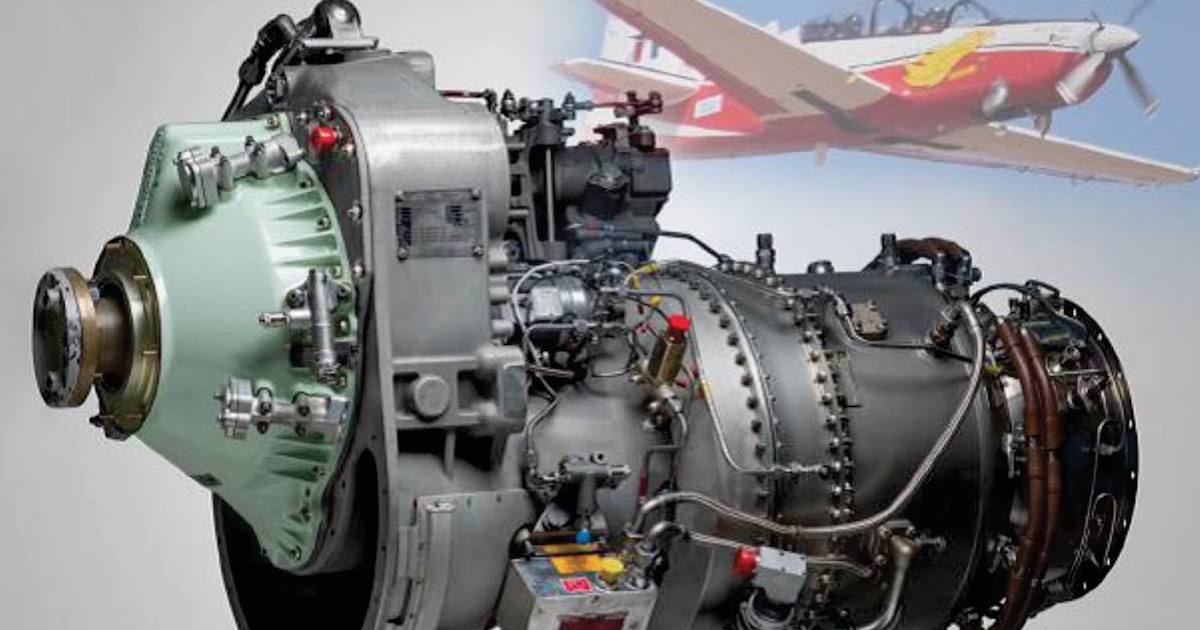
Local base trainer HTT-40 proves its worth against its Swiss rival, the Pilatus PC-7 Mark II
By Vikas Gupta
Defence News of India, 28 July 22
Hindustan Aeronautics Ltd (HAL) has signed a US$100 million contract with American engine manufacturer Honeywell, for 88 engines to power the Hindustan Turbo Trainer – 40 (HTT-40), on which the army, navy and the Indian Air Force (IAF). will first learn to fly.
“HAL has signed a contract worth over $100 million for the supply and manufacture of 88 TPE331-12B motors/kits as well as maintenance and support services to power the HTT-40,” said said a press release from the Ministry of Defense (MoD).Wednesday.
“HAL has successfully developed a basic trainer aircraft (HTT-40) to meet the basic training requirements of the IAF. There is a potential need for 70 aircraft. The contract for the same with IAF is in the process of advanced approval,” announced R Madhavan, President and CEO of HAL.
By designing and developing the HTT-40, HAL proved a point against a skeptical IAF, which opposed the HTT-40, blocked development funding and demanded that the expensive Swiss Pilatus PC-7 Mark II trainer be imported and the HTT-40 program scuttled.
“There is no need to [the HTT-40 trainer]IAF boss Air Chief Marshal NAK Browne said dismissively at the Aero India show in February 2013. “We have the Pilatus PC-7. It is a proven aircraft. The project planned by HAL starts from scratch. Our indications are that the cost will be too high. There is no need for all that.
A furious HAL took up the challenge and committed Rs 350 crore of internal HAL funds for the HTT-40 project. A team of talented young designers from HAL worked without the help of the IAF to put the plane in the air in 2016.
While the final price of the HTT-40 is still being negotiated between HAL and the IAF, Defence News of India learns that it is in the range of Rs 50-55 crore – roughly the same as a Pilatus PC -7 Mark II today.
The HTT-40 is a propeller-driven plane for “Stage-1” training of entry-level pilots. After 80 hours of basic training on the HTT-40, pilots will move on to “Stage-2” training on the HAL-built Kiran Mark II jet trainer. Those selected to fly fighter jets move on to “Stage-3” training on the Hawk Advanced Jet Trainer (AJT). Only then will they graduate as frontline fighters in IAF combat squadrons.
The HTT-40’s advanced systems include a pressurized cockpit (which allows high altitude flight), “zero-zero” ejection seats (which allow ejection even from a static aircraft) and a state of the art, glass cockpit display with “in-flight simulation” that allows flight instructors to electronically simulate various system failures, allowing the novice pilot to manage “the emergency”.
The IAF, which currently provides basic training for Army and Navy pilots in addition to its own, calculates that it needs 181 basic trainer aircraft. She has already purchased 75 Pilatus PC-7 Mark II trainers. After building and introducing 72 HTT-40s to IAF training schools, there will still be a need for 34 more basic trainers. If the HTT-40 works well, this command will also go to HAL.
“Our TPE331-12 engine family has been proven in operations around the world, and we are committed to supporting and delivering engines and kits on schedule to meet IAF requirements,” said Eric Walters of Honeywell. Defense & Space.
The TPE331-12B engine is a single-shaft turboprop with a two-stage centrifugal compressor, power turbine, gearbox and electronic engine controller (EEC) for reliable power and operational characteristics.






